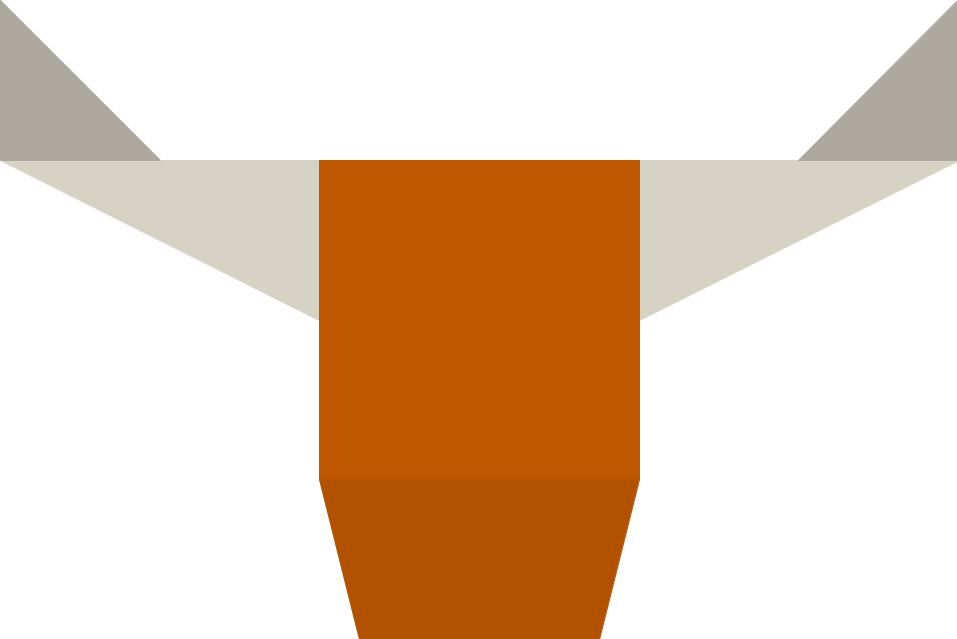Calegari’s rationality theorem shows that \(\text{scl}\) only takes rational values in free groups. However, it is not known which rational numbers appear as \(\text{scl}\) values. The set of such numbers is called the \(\text{scl}\) spectrum for the free group. The algorithm in the theorem was implemented in the scallop program (later improved by Alden Walker), which allowed computer experiments to explore \(\text{scl}\) in free groups. The following histogram indicates part of the \(\text{scl}\) spectrum in the free group of rank two based on computer experiments.
In particular, one can ask scallop to calculate \(\text{scl}\) of many (thousands of) random words in free groups. The following is a histogram, where the \(x\)-coordinate of each vertical spike is a value in the spectrum, and the length of the spike represents the frequency in the random experiment.
A histogram of \(\text{scl}\) values on random words in the free group
One can observe:
- No value is obtained between \(0\) and \(1/2\) (called the spectral gap);
- No value is obtained in the interval \((12,12+\varepsilon)\) for some \(\varepsilon > 0\);
- The spectrum becomes very dense after the value \(1\).
However, very little has been proved. Only the gap between \(0\) and \(1/2\) is known by a theorem of Duncan-Howie, which has various generalizations. Experimentally, the first accumulation point in the spectrum is \(3/4\) and there is a sequence of small gaps between \(1/2\) and \(3/4\), starting with a gap between \(1/2\) and \(7/12\).
A theorem of Calegari-Walker shows that the rational numbers in the spectrum can have arbitrary denominator (i.e. the spectrum surjects \(\mathbb{Q}/\mathbb{Z}\)), they made the following
Conjecture (Calegari-Walker): The \(\text{scl}\) spectrum in a free group (of rank at least two) is dense in some interval.
Our goal is to experimentally explore scl in families of words, specifically in free groups, to better understand the conjecture above as well as the open questions below. In addition, we would like to prove some explicit formulas for scl on families of words. This is related to finding the extremal surfaces (i.e. achieving the infimum in the topological definition) corresponding to such families.
Open Questions:
- What are the values in the spectrum between \(1/2\) and \(3/4\)? Do they fit into a simple formula?
- Is there a description of words with \(\text{scl}=1/2\)?
- What are some sequences of small values in the spectrum? Where do they accumulate to?
In particular, we would like to explore \(\text{scl}\) on two-parameter families of words, since they are less understood as one-prameter ones.
Previously Known Results:
